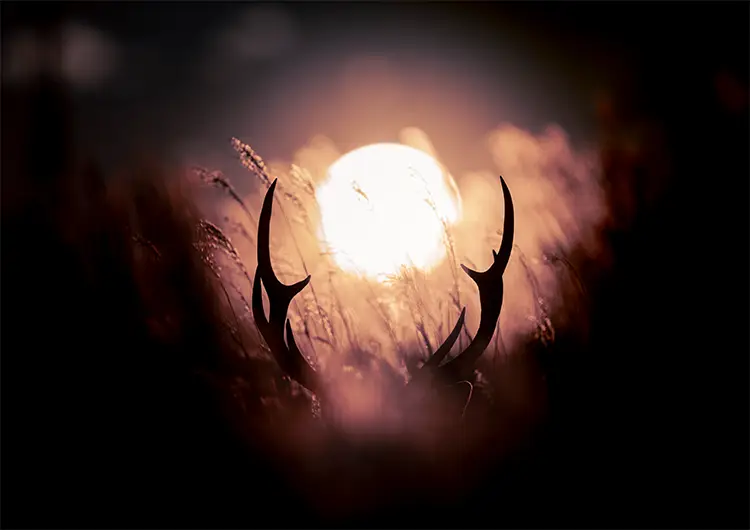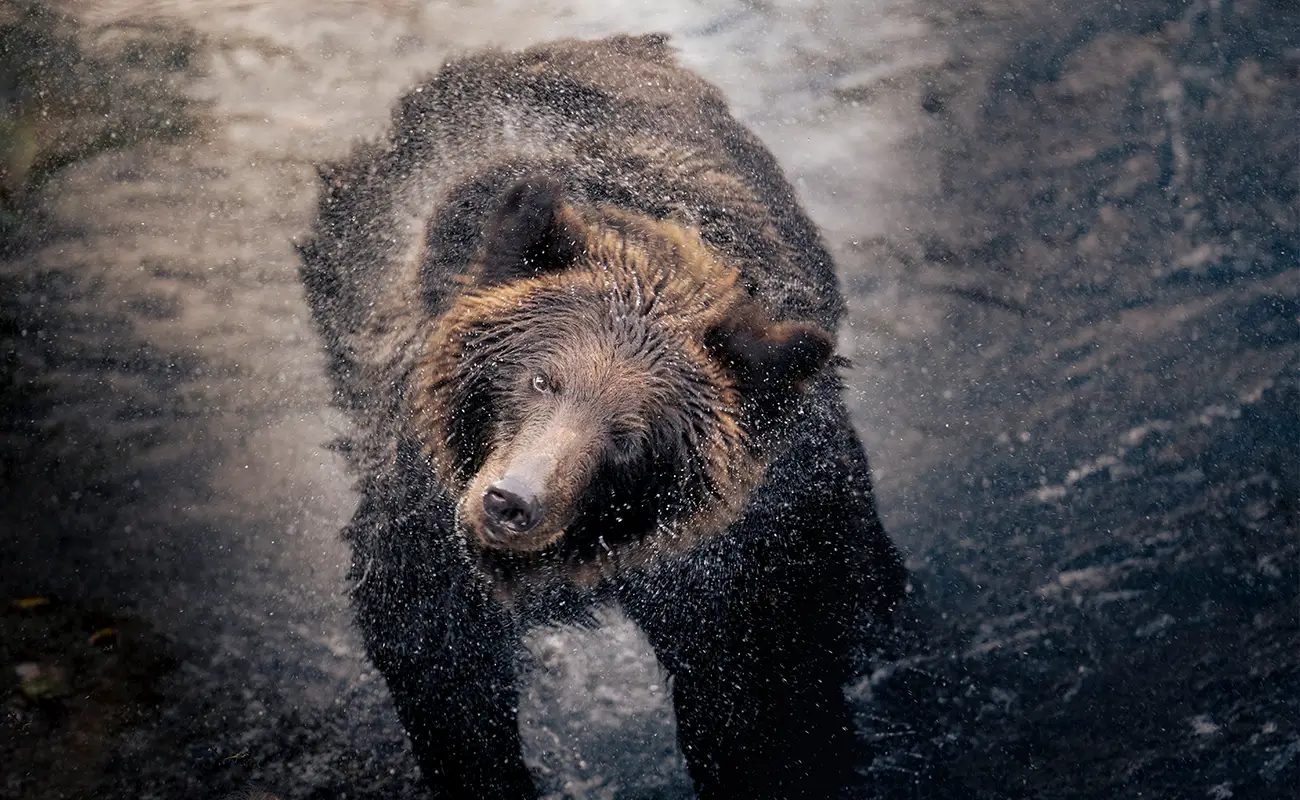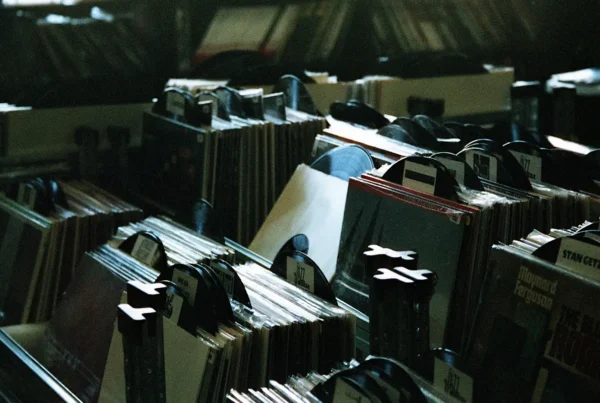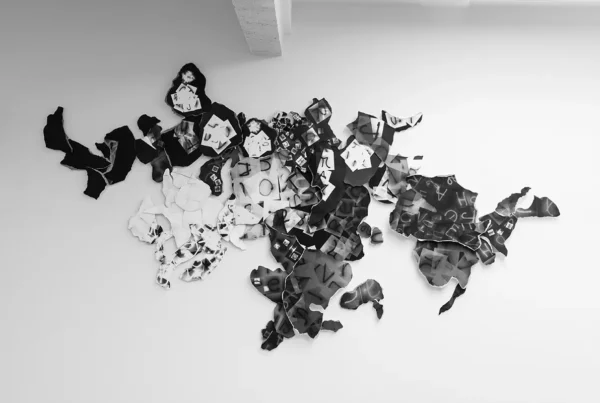“I wanted to express the brilliance of life as memory.”
The Unseen Wilderness: Photography Beyond Documentation
Ryo Utsunomiya, a multifaceted Japanese artist, brings a compelling vision to contemporary photography by weaving together sound, light, and nature in ways that challenge conventional definitions of the medium. Having entered the music industry at the age of 17, he later transitioned into photography in 2022, establishing himself as a distinctive voice in the international art world. Although wildlife remains the central subject of his photography, Utsunomiya’s approach defies mere documentation. His images are not just visual records but carefully constructed memories layered with conceptual underpinnings. This unique blend has earned him recognition, including the prestigious title of “PHOTOGRAPHER OF THE YEAR” at the 2024 MUSE Photography Awards.
Born in Hyogo Prefecture in 1988, Utsunomiya’s early exposure to music has deeply influenced the sensory and structural aspects of his art. Rather than isolating mediums, he explores their intersections, creating spatial installations that use photography as a base but expand into immersive experiences. These environments are often enriched with auditory and visual dynamics that elevate the narrative power of his images. His commitment to a cross-disciplinary practice has positioned him not only as a creator but also as a cultural organizer, curating exhibitions and fostering international artistic collaborations. These endeavors reveal an artist determined to stretch the boundaries of visual storytelling.
Utsunomiya’s artistic path is further reflected in his roles beyond creation. As a global ambassador for the photography platform 500px and head curator at 1x.com, he holds influential positions within the photographic community. His work as a judge for various international photography competitions underscores his credibility and authority in the field. Moreover, he extends his influence into education and cultural development, conducting liberal arts seminars at the high school level and directing projects that unite commercial brands like ARC’TERYX with artistic practice. These overlapping spheres of activity demonstrate his belief that art should engage with society in both reflective and practical ways.
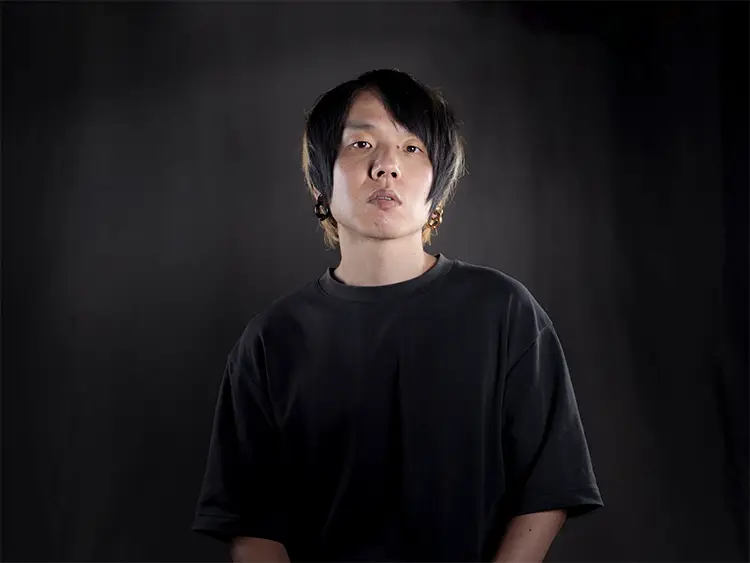
Ryo Utsunomiya: Photography as Memory and Concept
While Ryo Utsunomiya’s photographs may initially appear to reside within the wildlife genre, a closer examination reveals a deliberate departure from documentary aesthetics. He does not see his work as passive observation but as the crafting of memory through visual metaphor. His subjects—birds, animals, and natural environments—are rendered not to preserve realism, but to evoke the emotional and conceptual resonance that each encounter holds. This treatment elevates the wildlife image into something poetic, a recollection shaped by human perception and imbued with personal narrative.
This conceptual framework is reinforced by Utsunomiya’s ongoing use of installation and cross-media approaches. Sound and light play essential roles in his exhibitions, forming atmospheres that immerse viewers into an abstracted experience of the natural world. Rather than isolating his photographs on walls, he presents them within contexts that encourage spatial and emotional engagement. These presentations often originate in his expansive studio, a space designed specifically for testing exhibition lighting and refining the sensory cohesion of his installations. For Utsunomiya, artistic concentration is inseparable from spatial freedom, and the studio becomes a testing ground for merging vision and atmosphere.
Among the many thinkers and creators who have shaped his perspective, Utsunomiya names Japanese curator Misato Fudo as a vital source of influence. Her curatorial insights have expanded his understanding of how photographic works can be framed, interpreted, and experienced within cultural settings. Another major inspiration is Hiroshi Sugimoto, whose philosophical and technical approaches to photography have deeply affected Utsunomiya’s trajectory. Sugimoto’s work encouraged him to stretch photography beyond its literal edges, leading to a practice where memory, abstraction, and perception collide in thought-provoking ways. Through these influences, Utsunomiya has carved a path that resists categorization and continues to evolve with conceptual clarity.
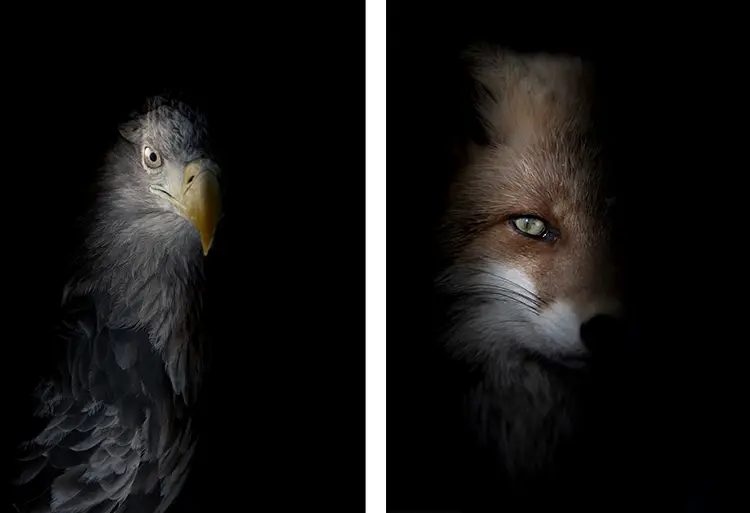
Immersion, Intuition, and the Architecture of Space
The architecture of Ryo Utsunomiya’s workspace plays a fundamental role in shaping the sensorial nature of his art. His studio is not only where technical experiments take place but where ideas mature into immersive experiences. Equipped to handle complex demonstrations of exhibition lighting, it allows Utsunomiya to manipulate and test the interplay of light and shadow across photographic surfaces. This capacity to simulate exhibition environments gives him a crucial advantage in refining how his audience will ultimately encounter the work. The studio thus functions as both laboratory and sanctuary, a place where the internal logic of his art is rehearsed and refined.
Distraction is countered through design. For Utsunomiya, the ability to think and move freely within a generous space is more than a preference—it is essential. It enables the depth of focus required to execute works that demand intricate coordination between visual, auditory, and spatial elements. The studio supports an uninterrupted workflow and encourages experimentation, especially in areas such as sound-based installations, where acoustic behavior needs to be tested in situ. It is within this context that many of his cross-disciplinary ideas are born, allowing the natural spontaneity of creative exploration to flourish.
His exploration of media extends far beyond photography. Utsunomiya remains actively engaged with sound and light as independent yet interconnected tools of expression. This interest echoes his musical beginnings and continues to influence his approach to visual storytelling. By fusing these elements, he constructs multisensory experiences that move his work away from static imagery into fluid, time-based encounters. His ongoing investigations into this expanded practice are not limited by technical tradition but are propelled by a desire to push photographic work into unknown terrain. This holistic view of space and medium allows him to keep redefining what photographic art can become.
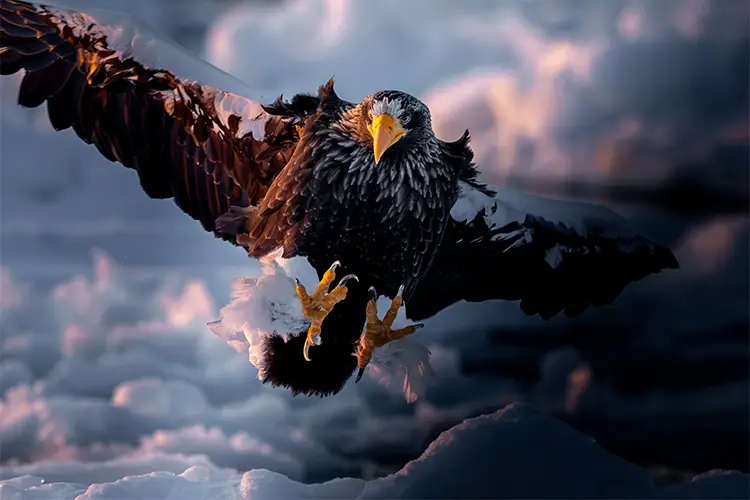
Ryo Utsunomiya: Projects That Resist Definition
At the heart of Ryo Utsunomiya’s future ambitions lies a project that deliberately resists classification. Currently in the planning stages, this initiative aims to dissolve the conventional boundaries between photography, installation, and media art. Instead of anchoring itself in one genre, the project seeks to activate cross-sensory responses by merging image, sound, and space into a unified experience. Utsunomiya envisions it as a conceptual departure from traditional forms—a bold attempt to create something that has no precedent, not just in photography but across contemporary art practices.
This vision is not a sudden leap but the culmination of years of interdisciplinary experimentation. From his early days in music to his current role as a photographic innovator, Utsunomiya has consistently positioned himself at the intersection of different artistic languages. His ability to translate visual motifs into soundscapes and light-driven installations has laid the groundwork for this next phase. The anticipated project, while still under development, represents a logical progression of his interests, where each medium no longer supports the other but becomes integral to the entire structure of the work.
Such ambition is reflected in his broader career arc, where recognition has followed not only for the technical precision of his images but also for the depth of thought behind them. His leadership roles in global platforms and participation in international juries point to a figure who is deeply invested in the future of visual culture. As artistic director of a music festival and collaborator with institutions and brands, Utsunomiya continues to engage audiences across fields and formats. This multifaceted involvement provides the foundation for a project that may redefine how photographic art interacts with the world around it, challenging both viewer and creator to expand their sense of what is possible.
